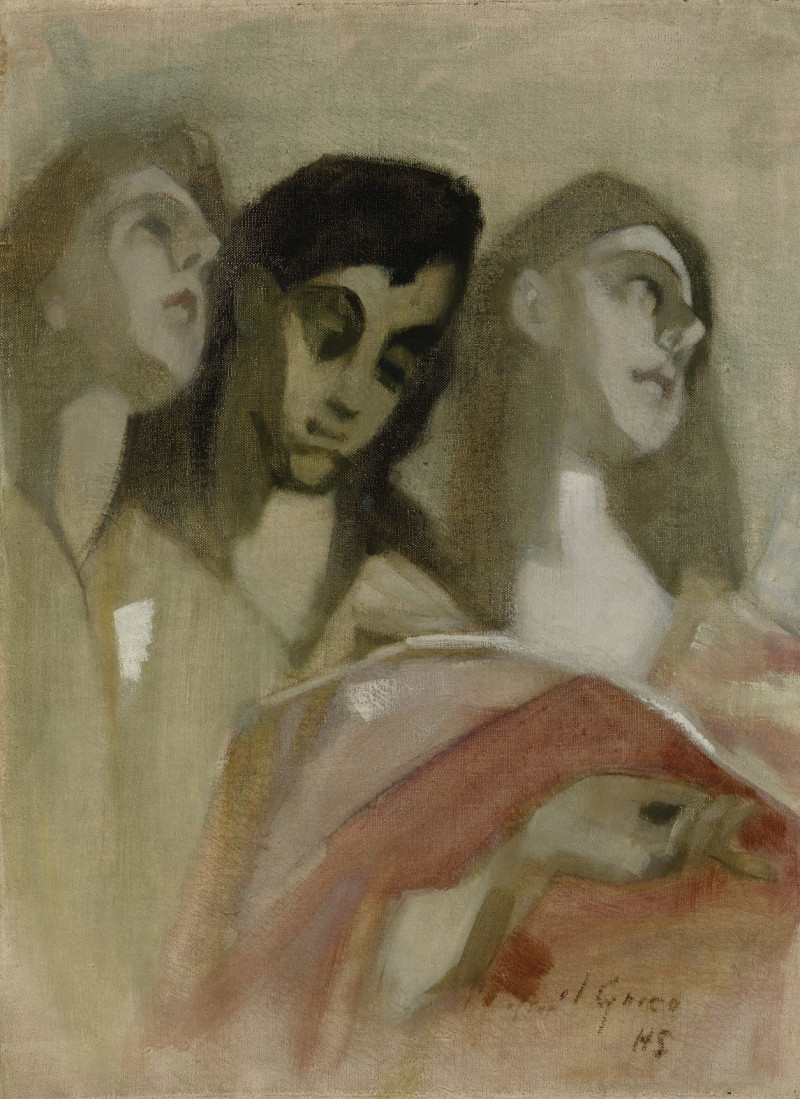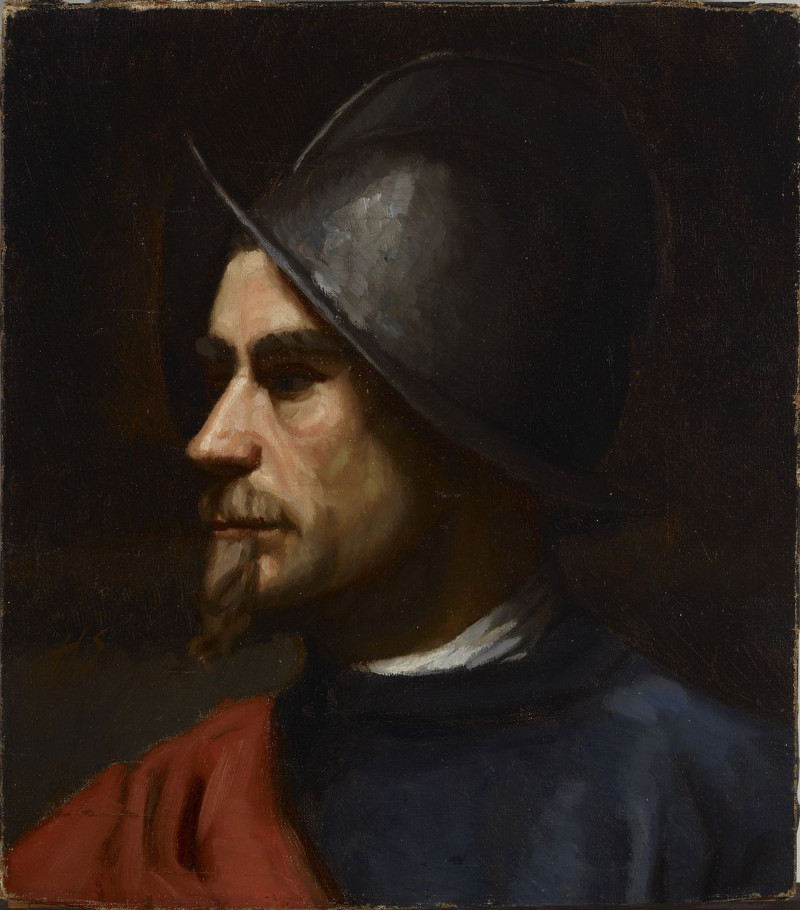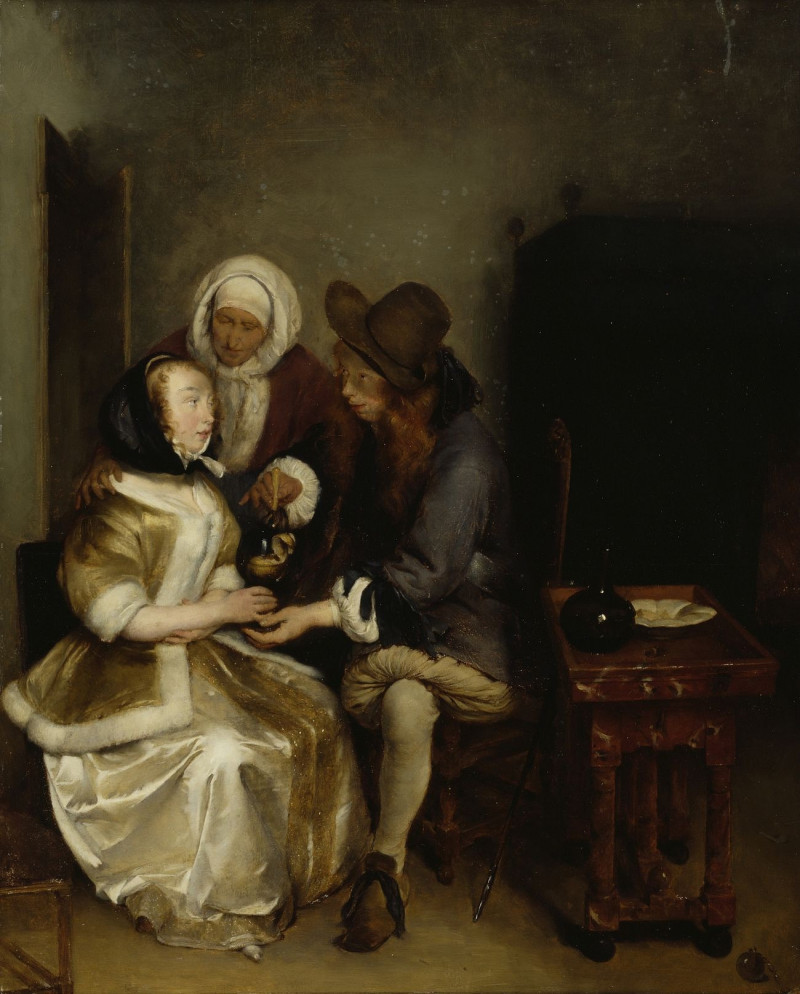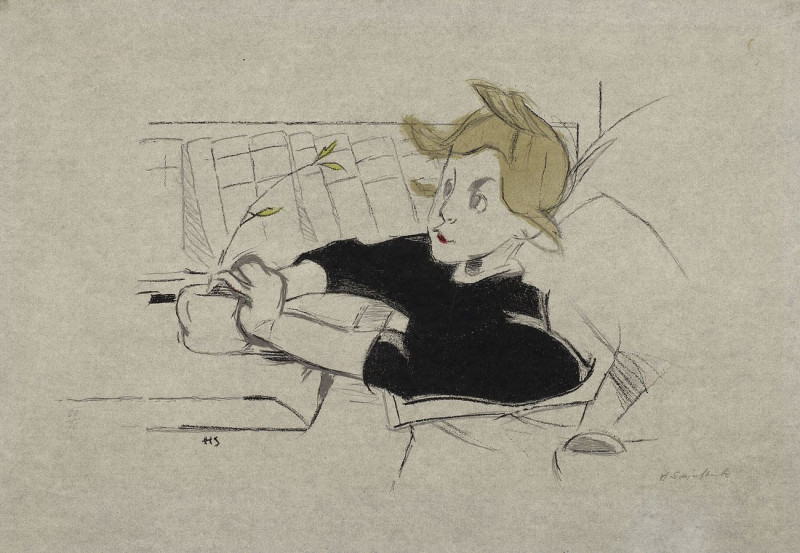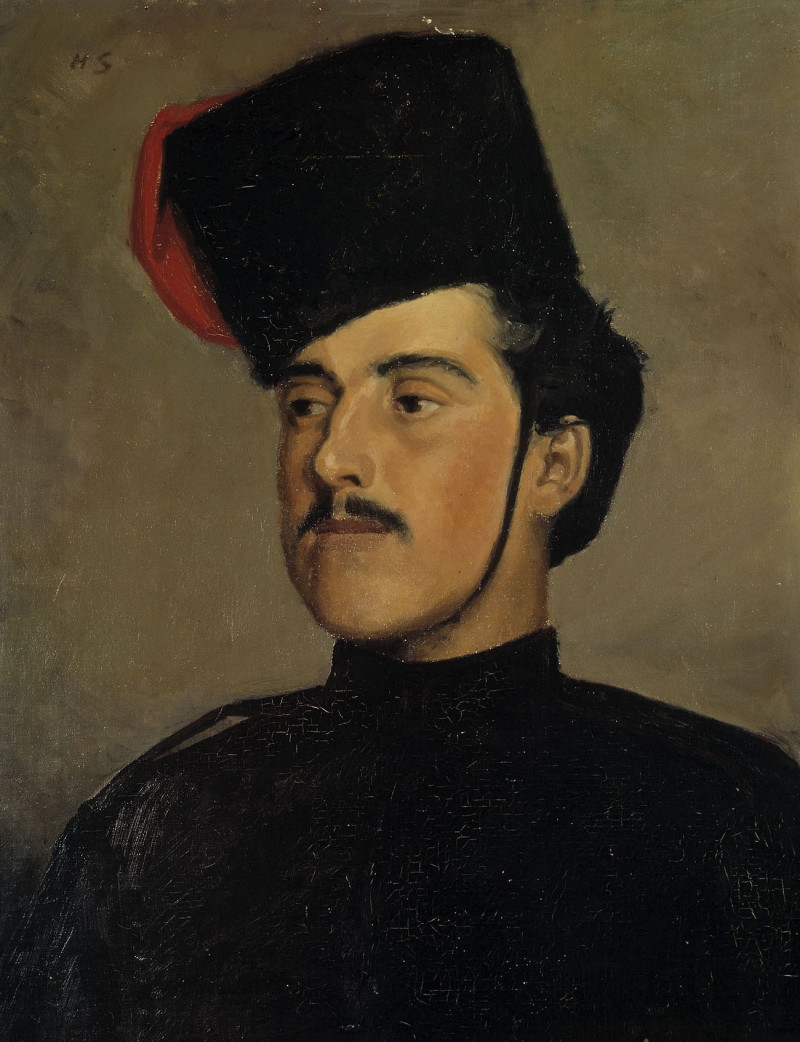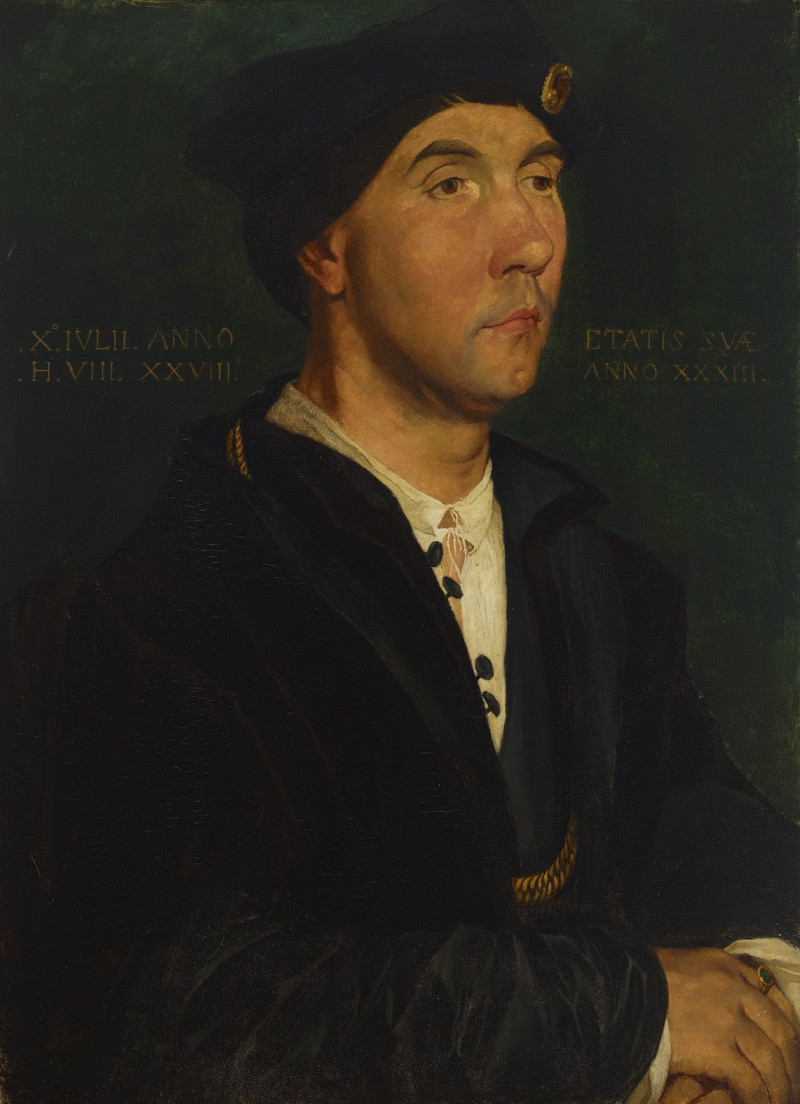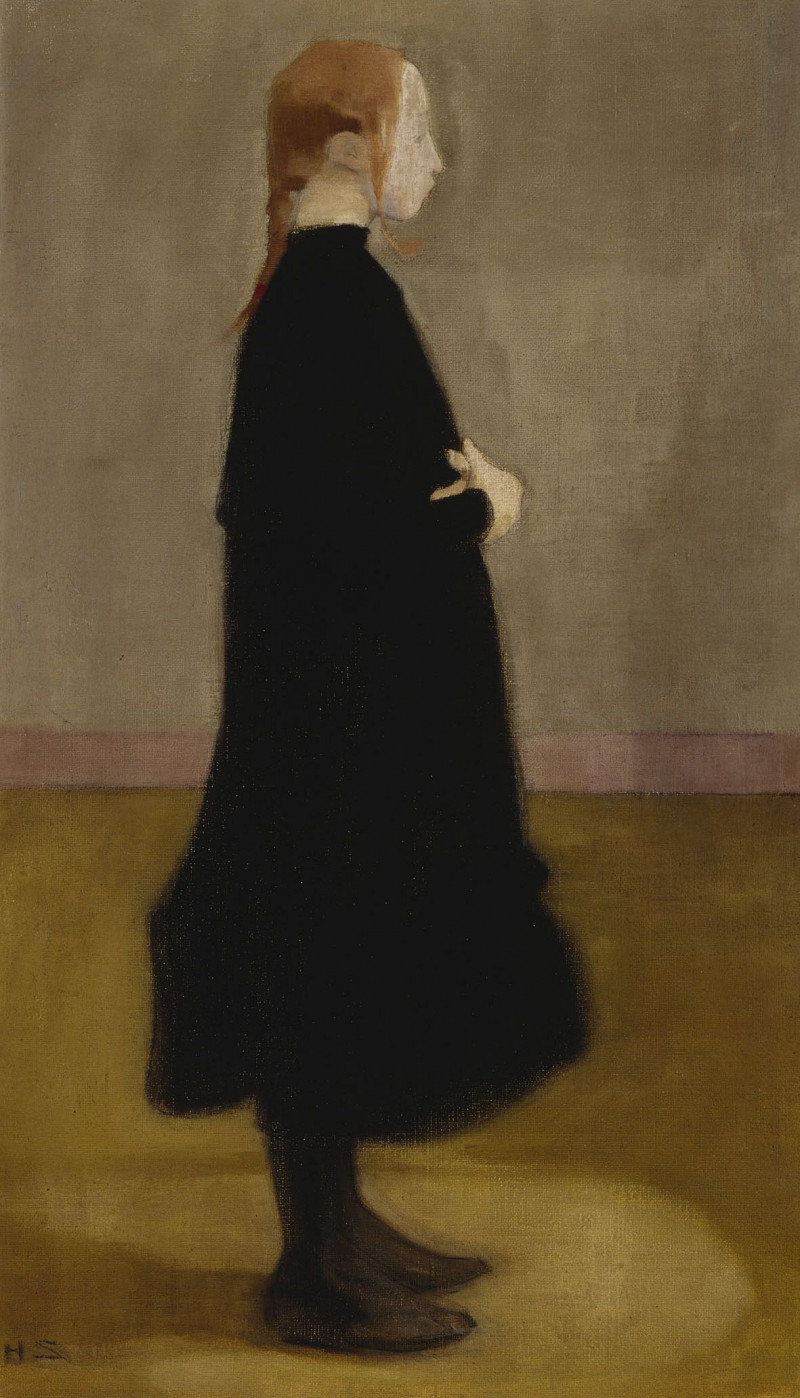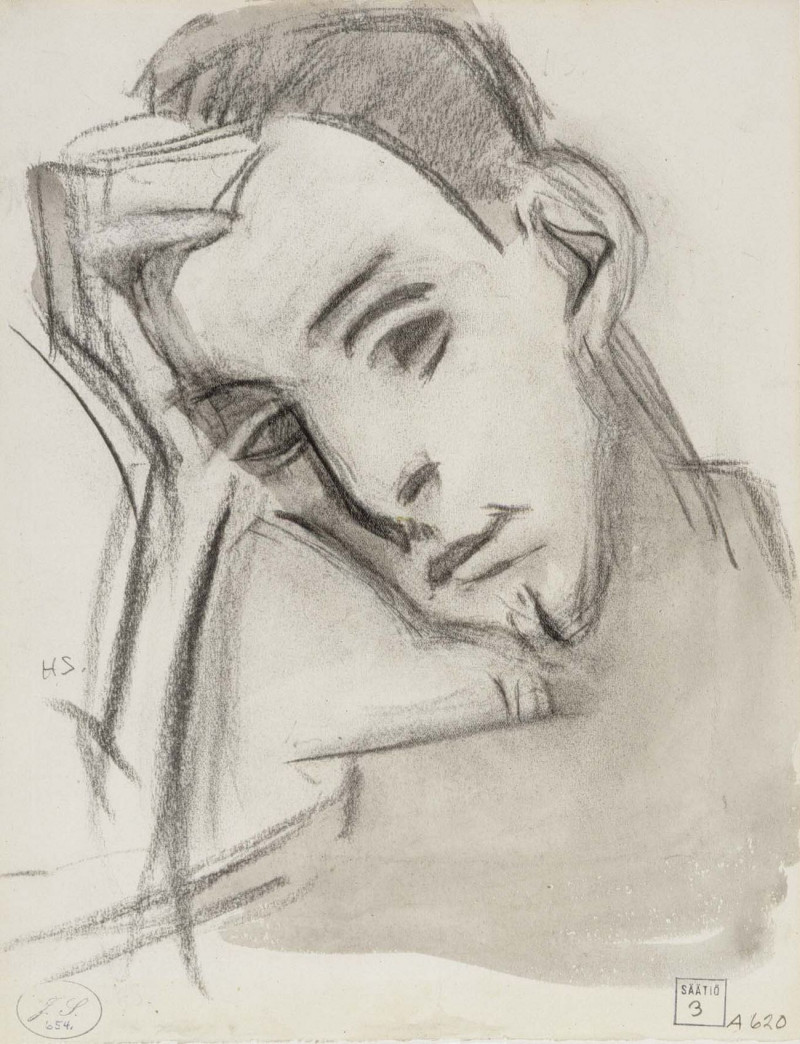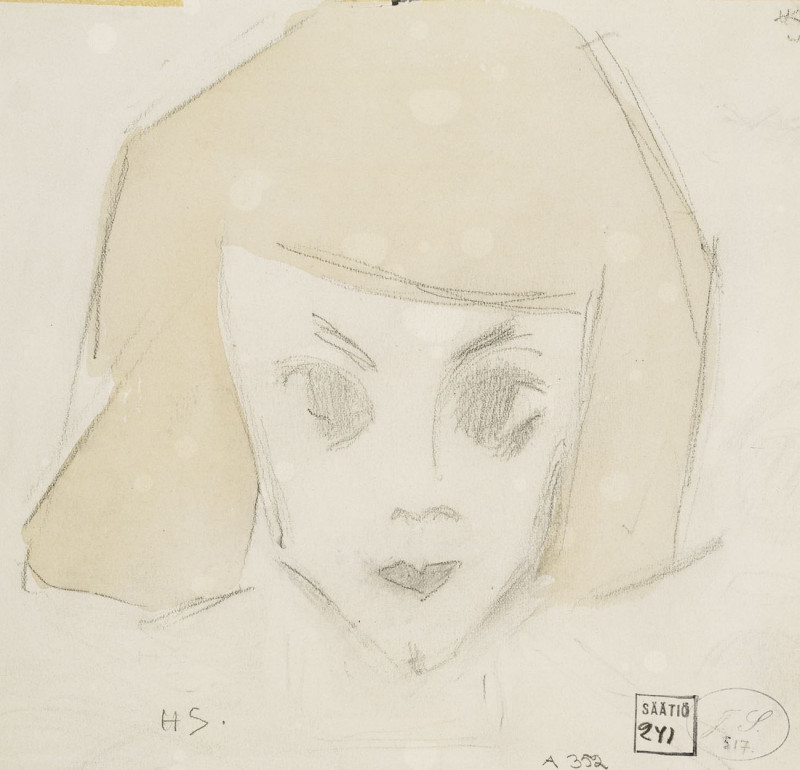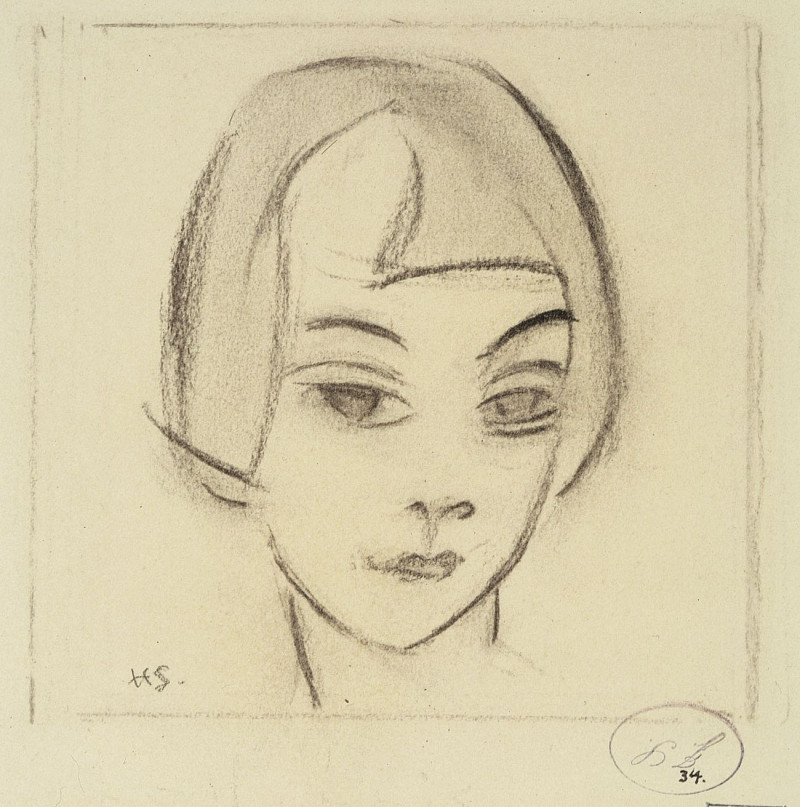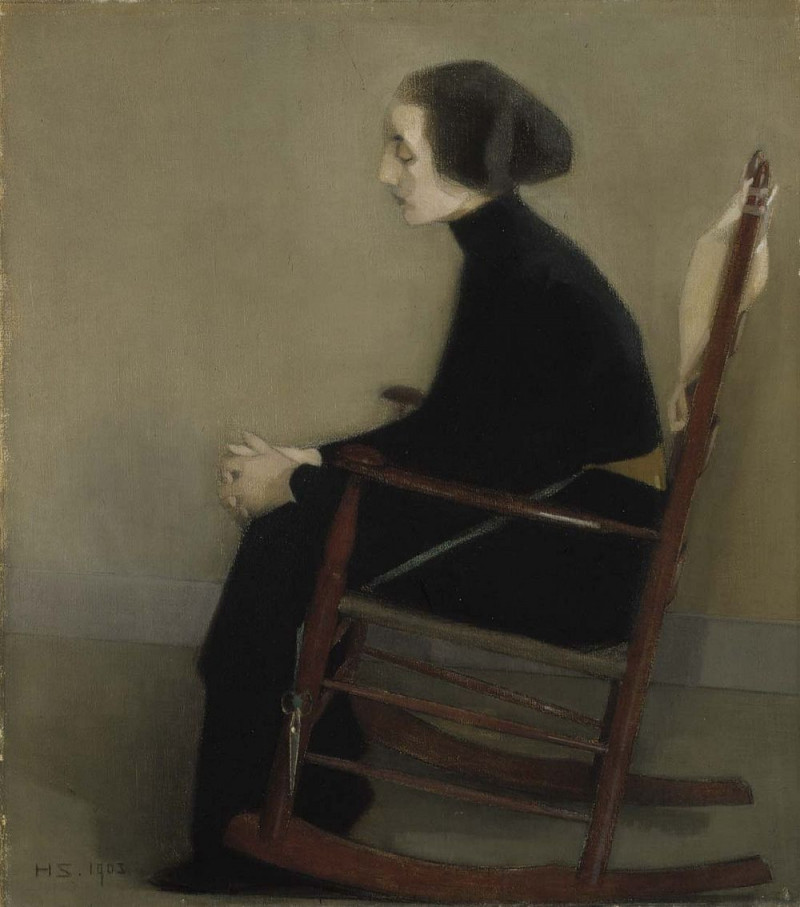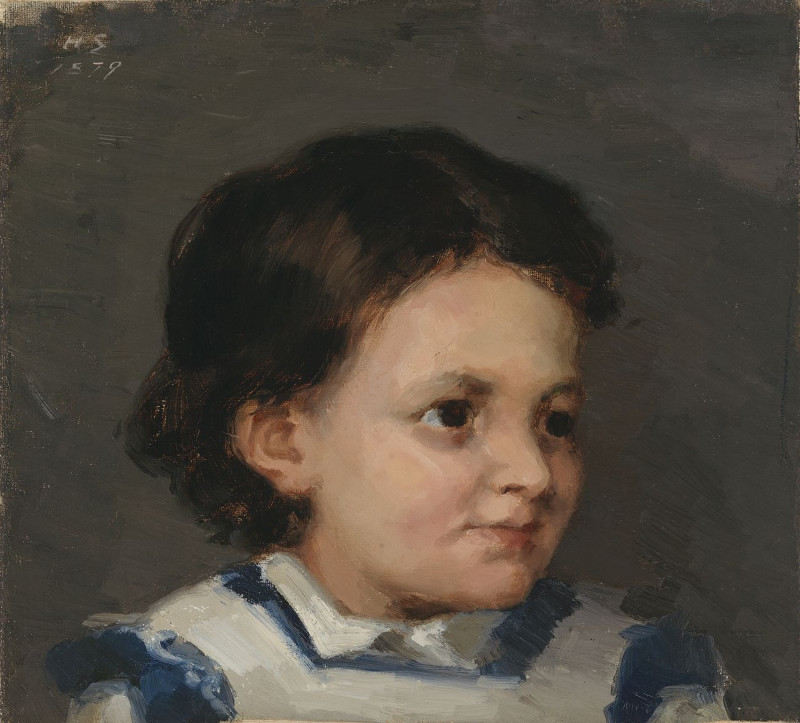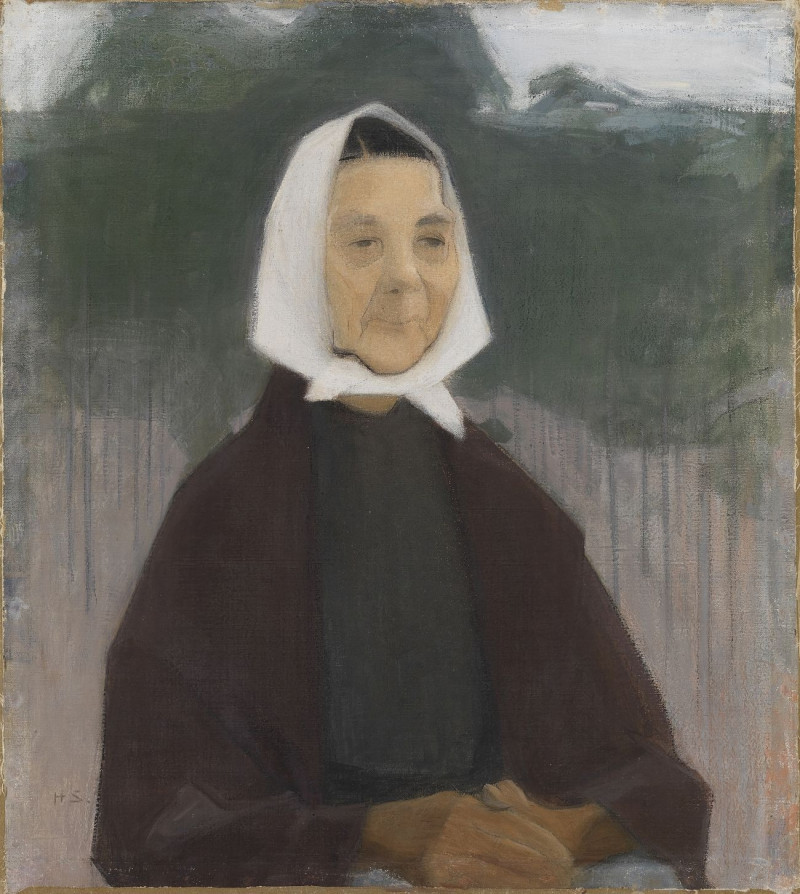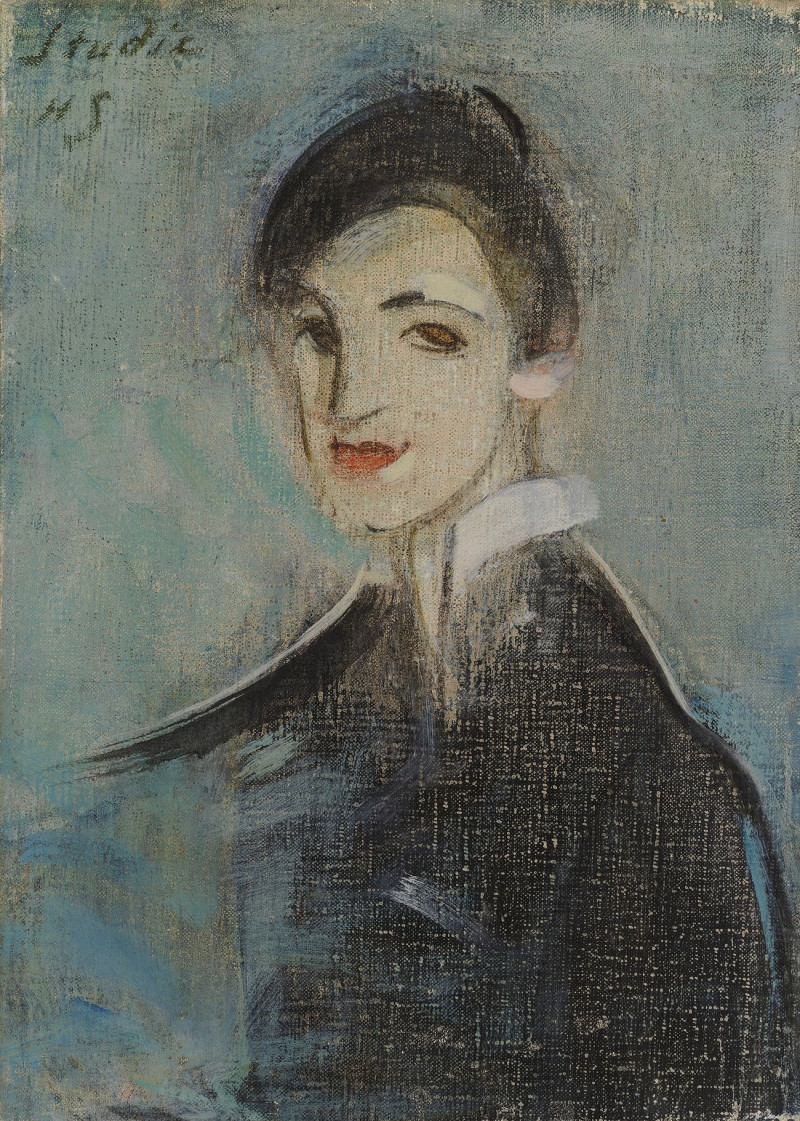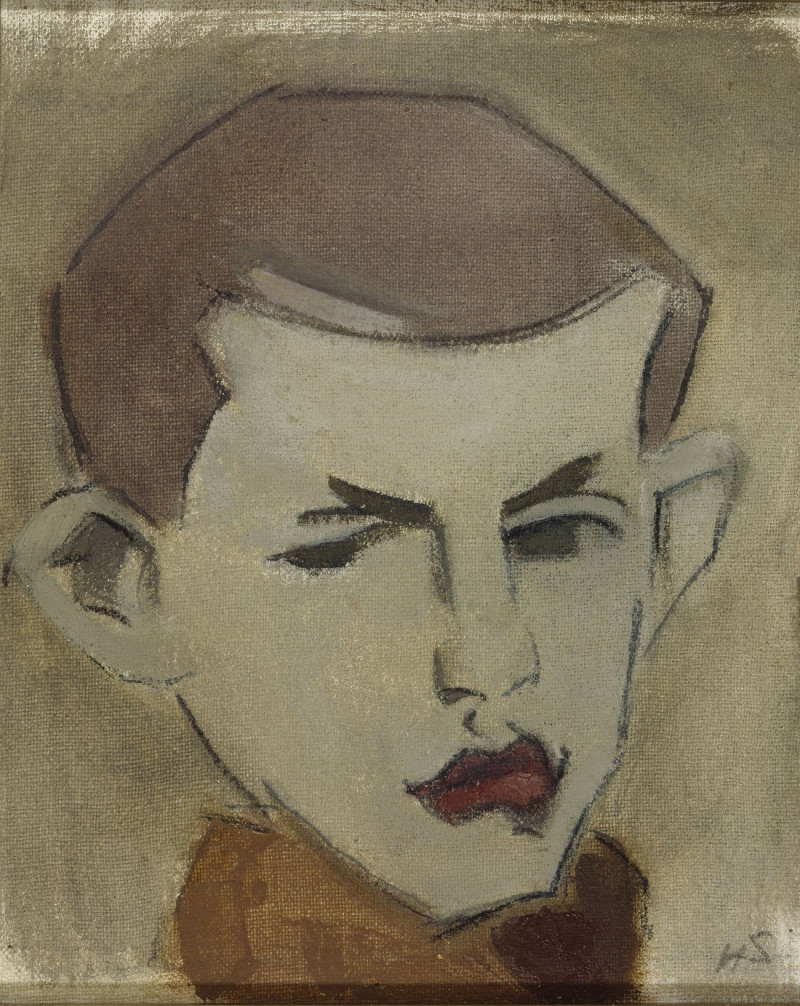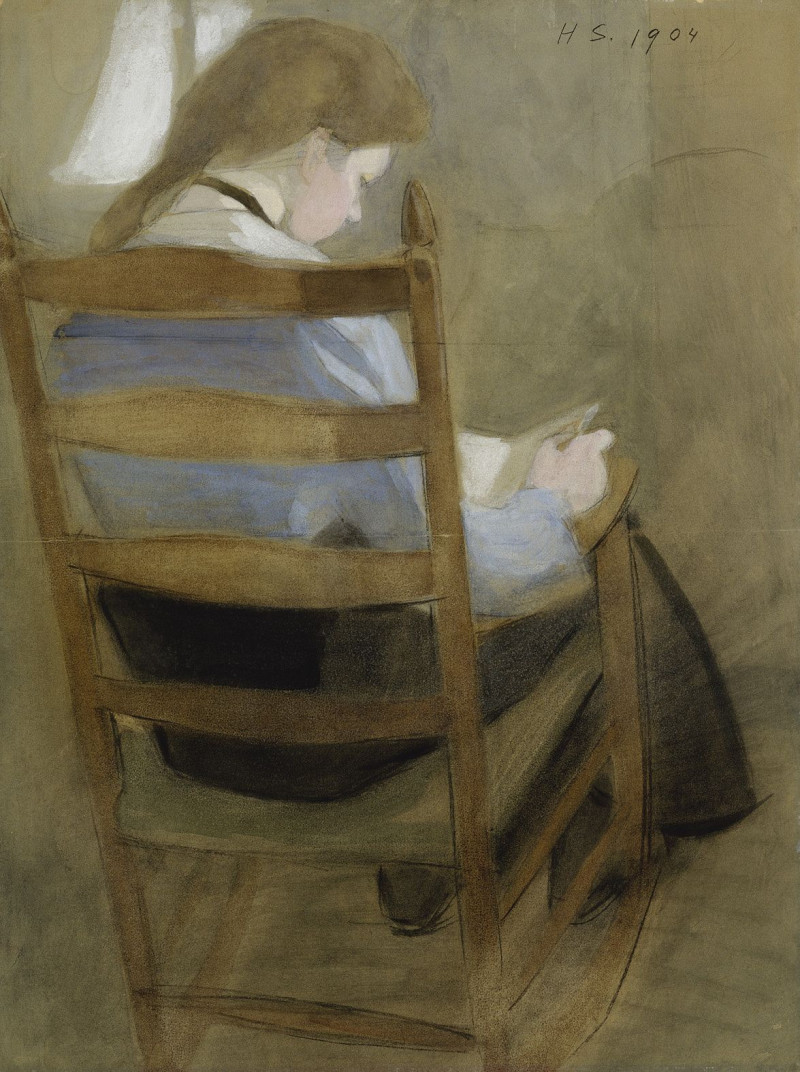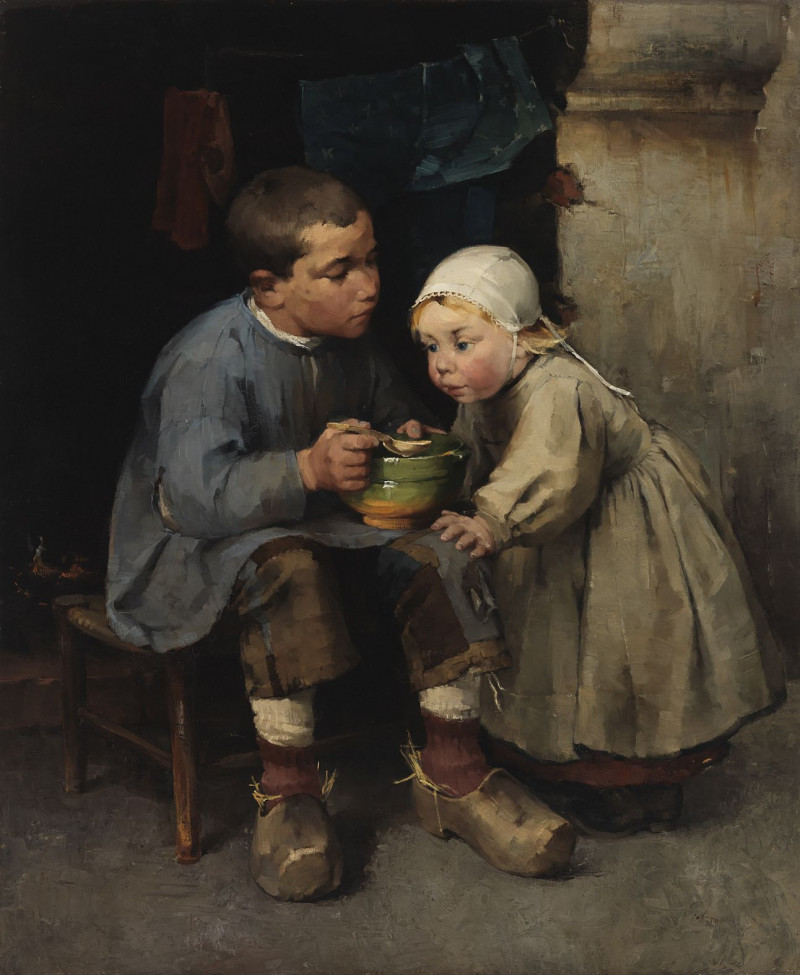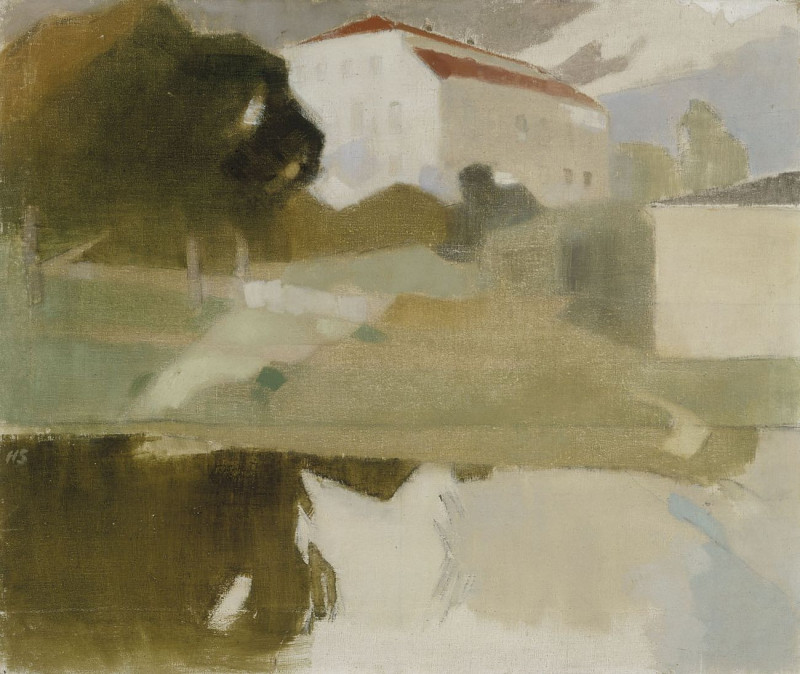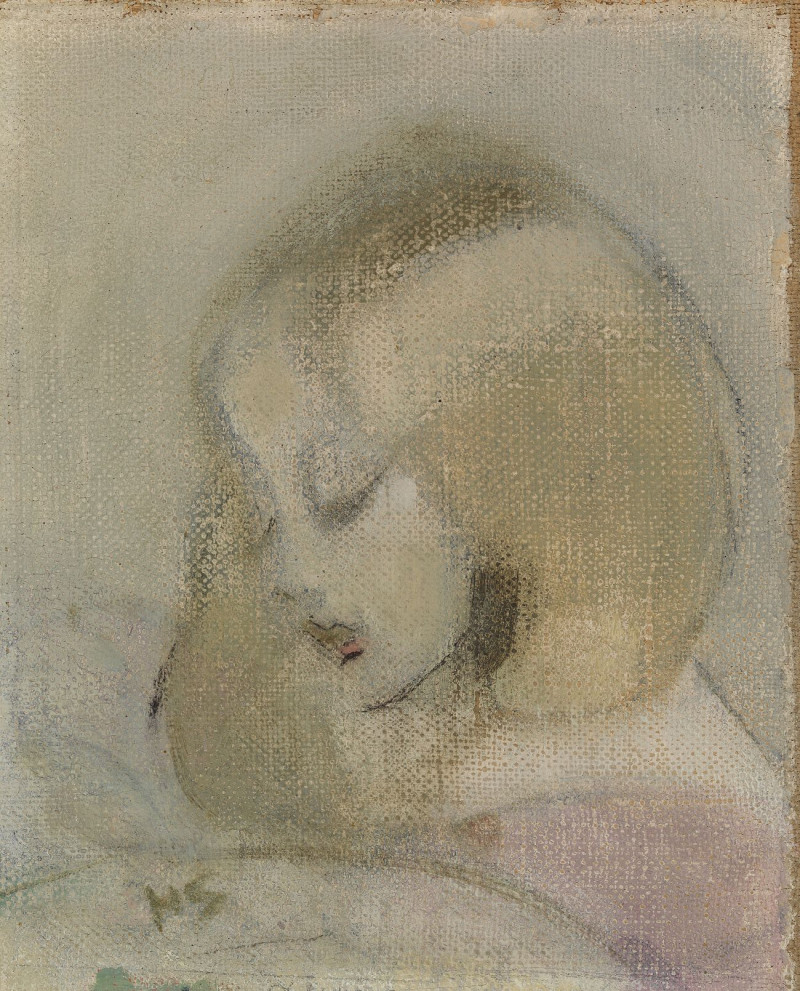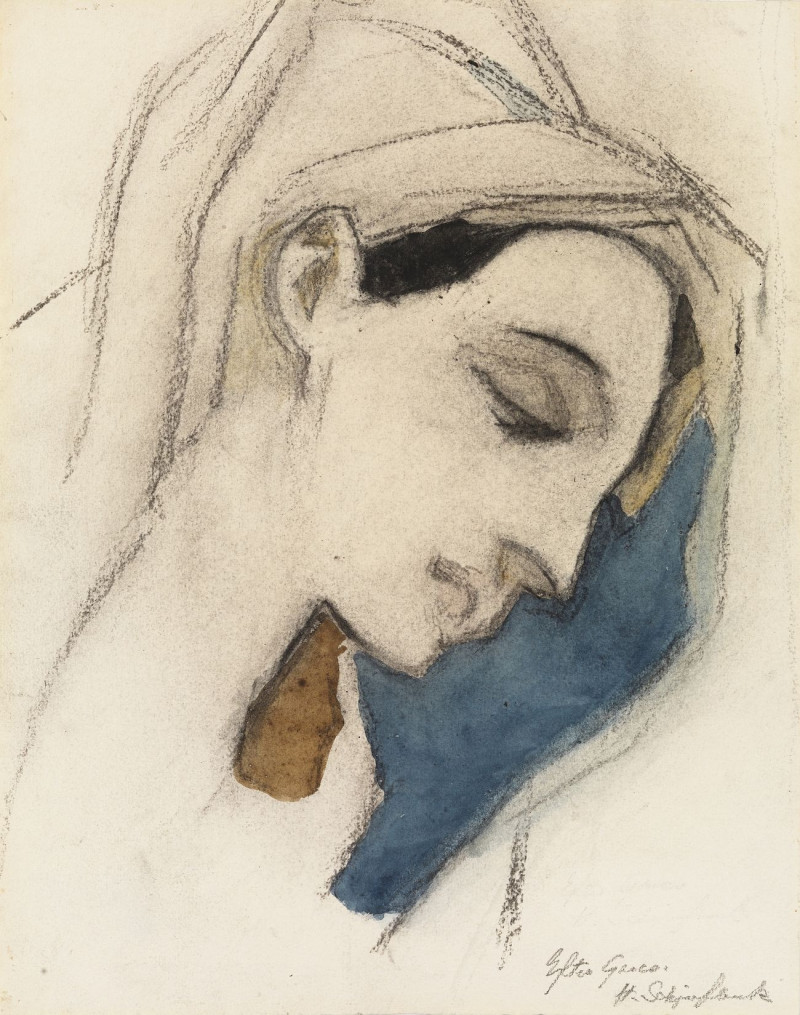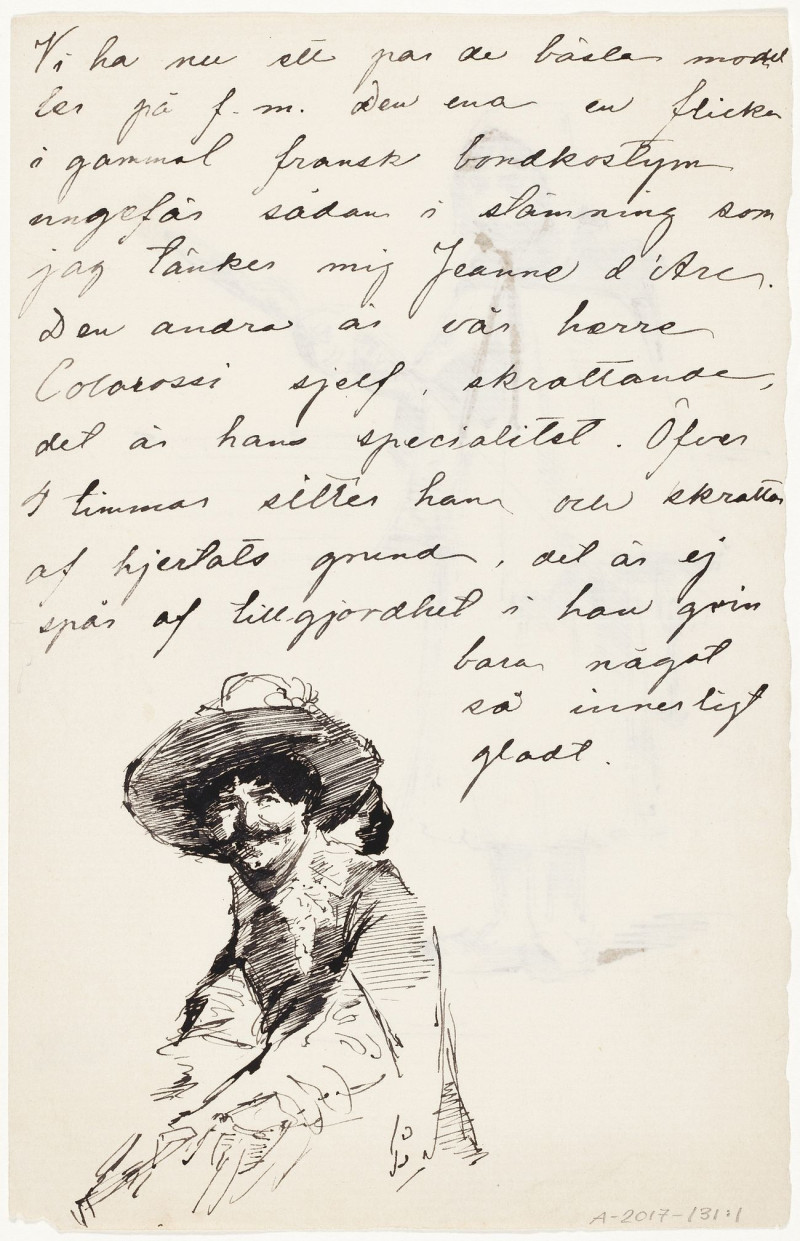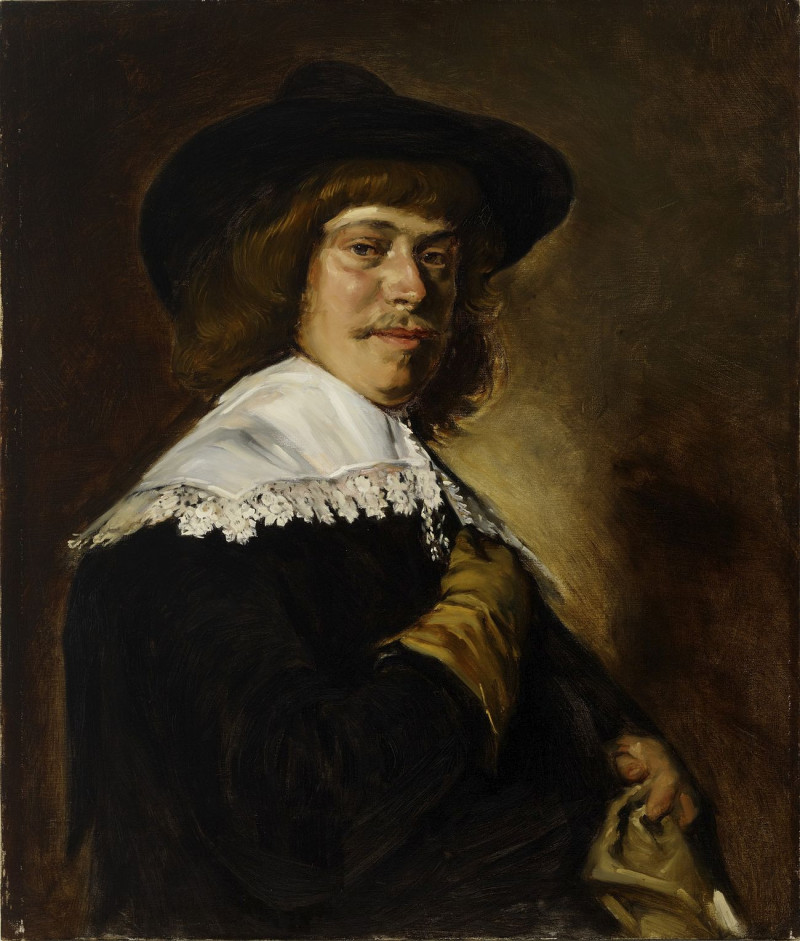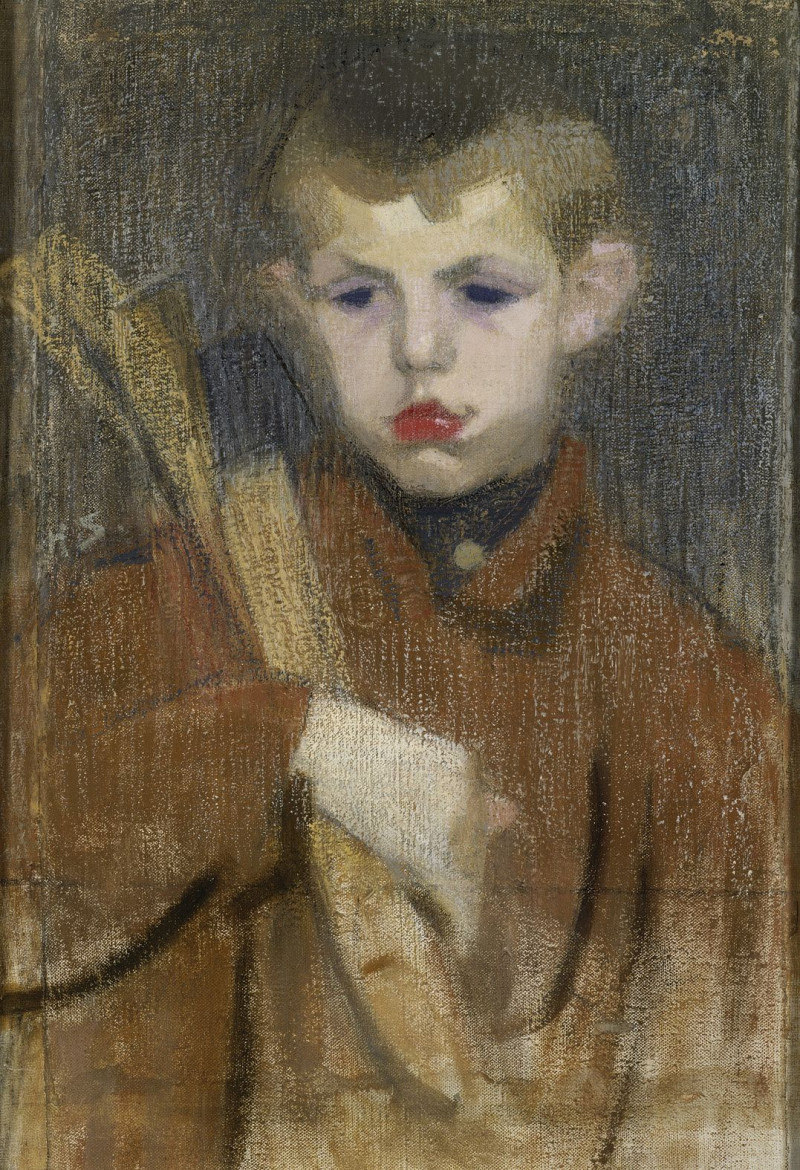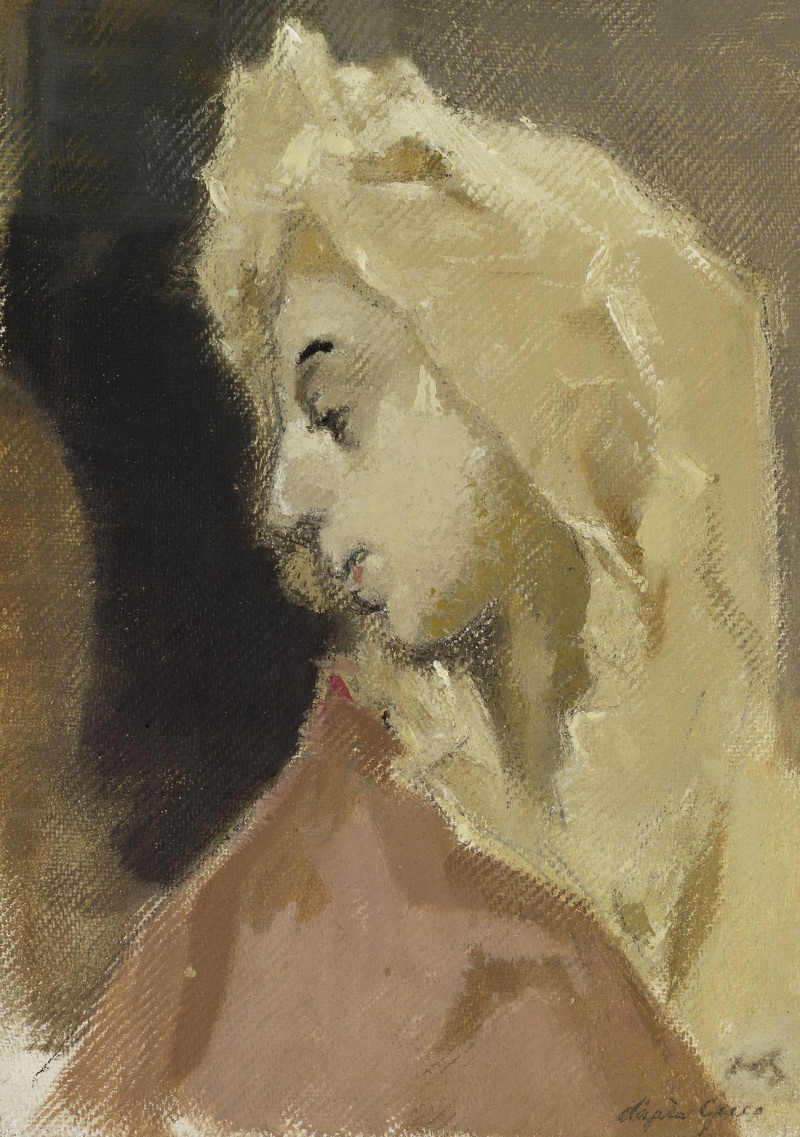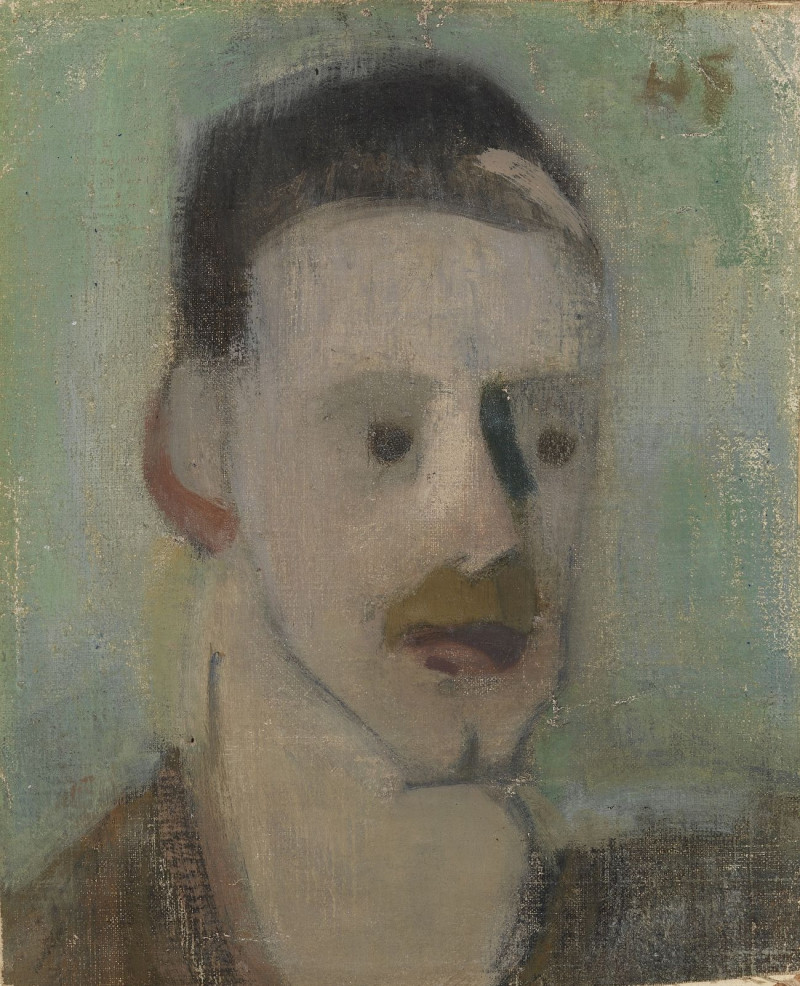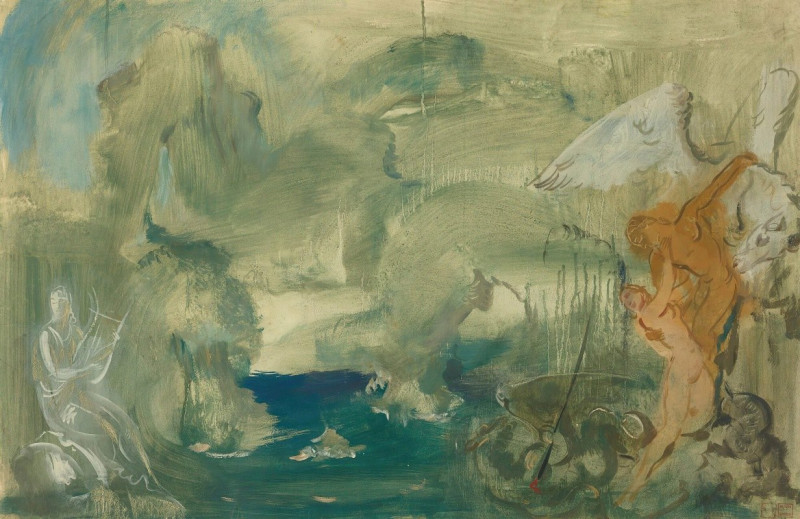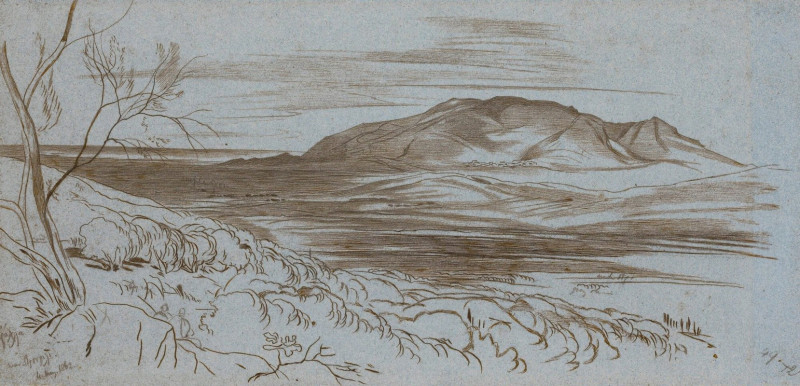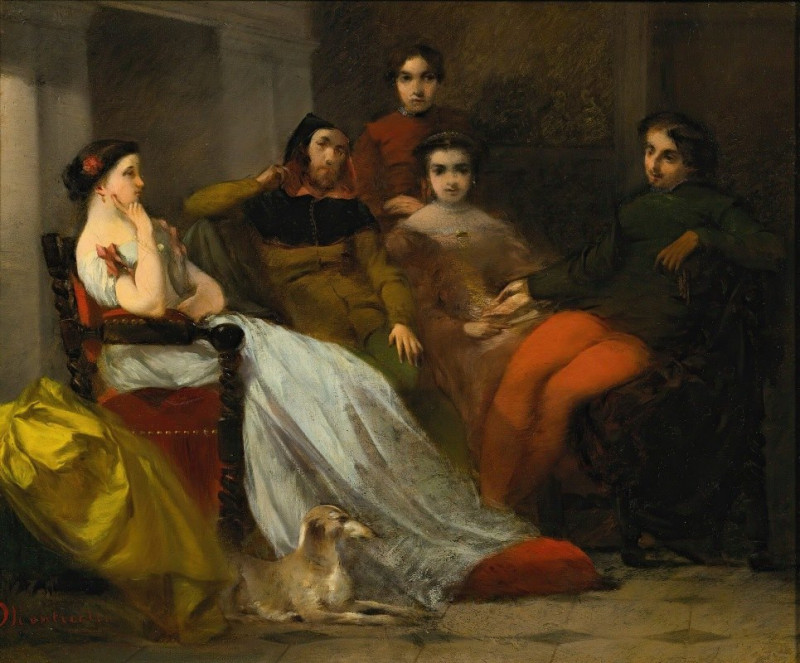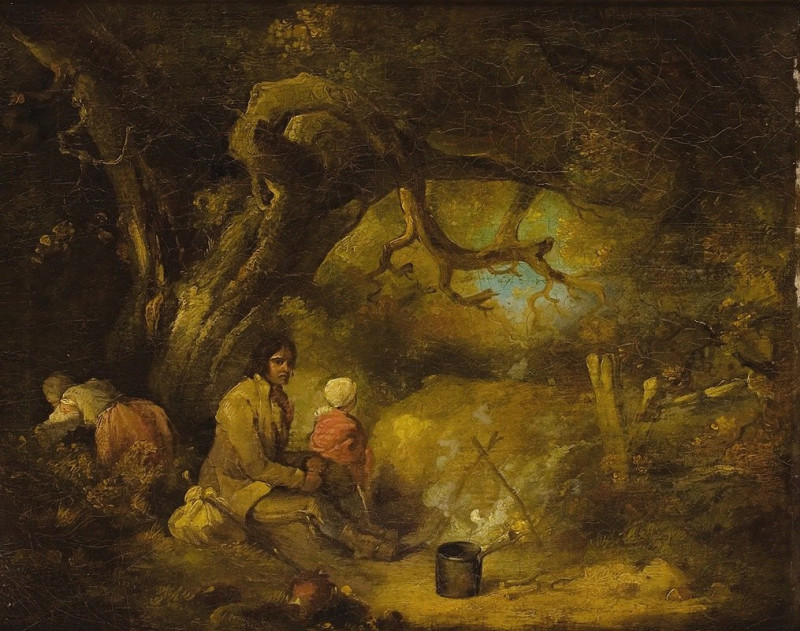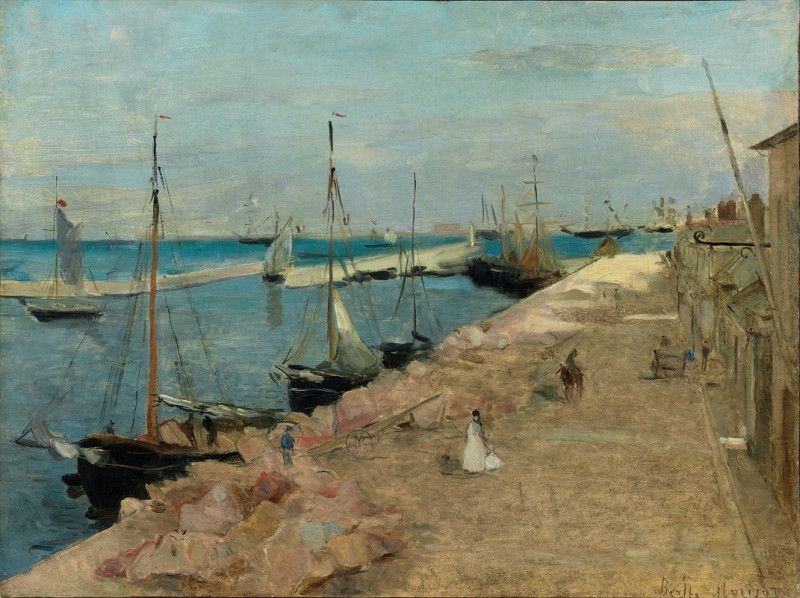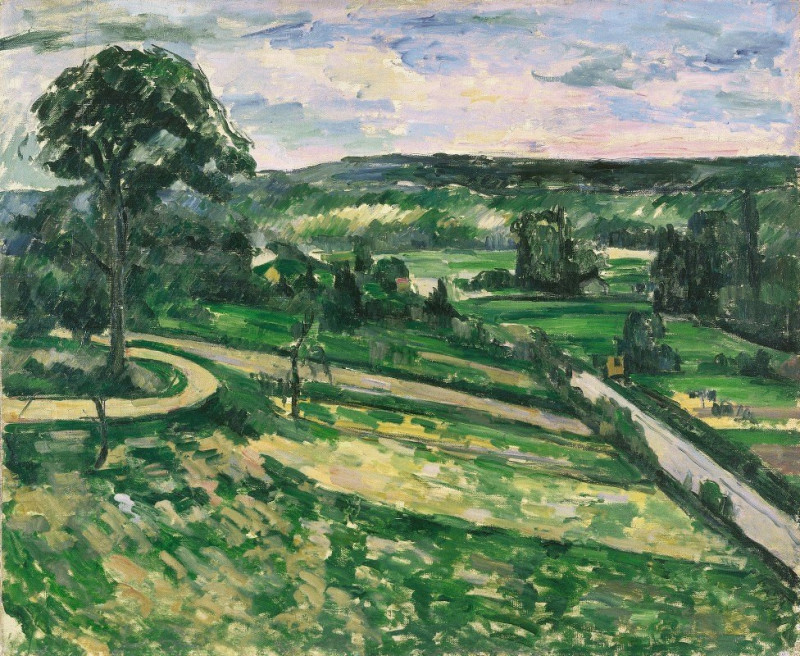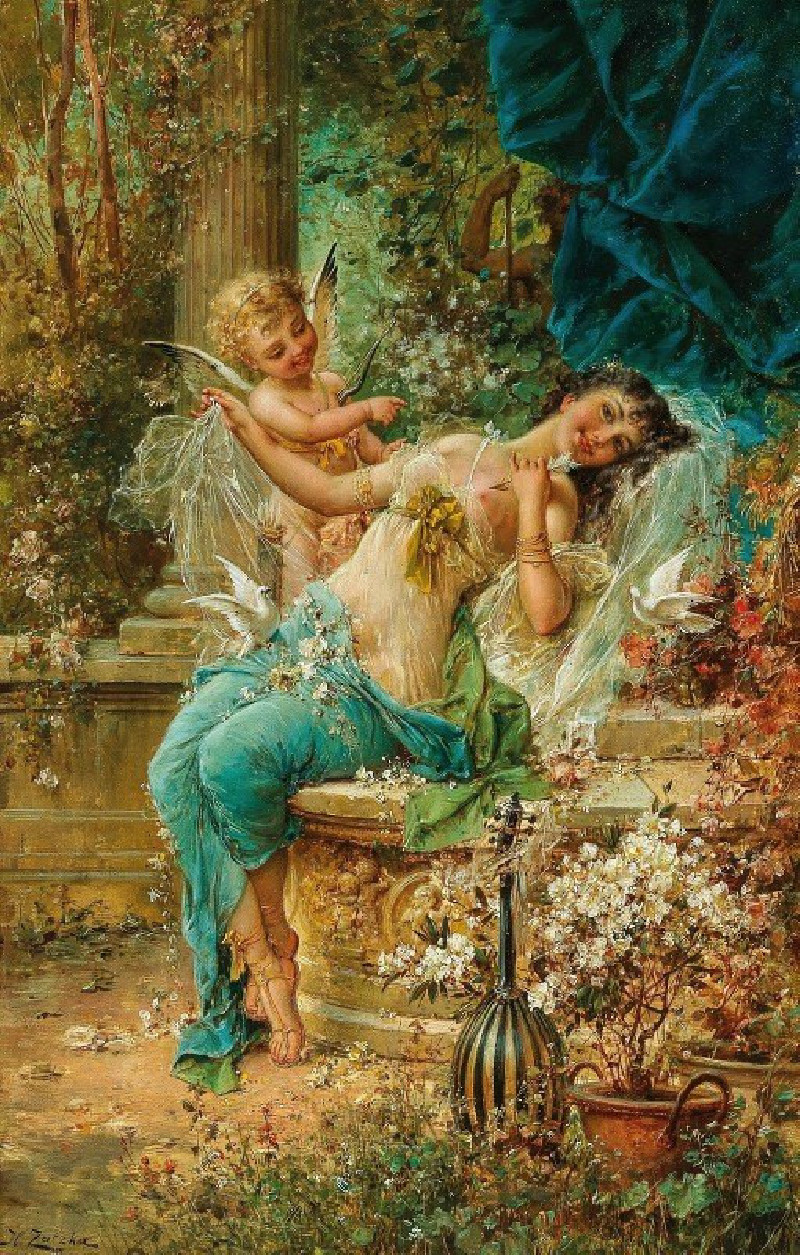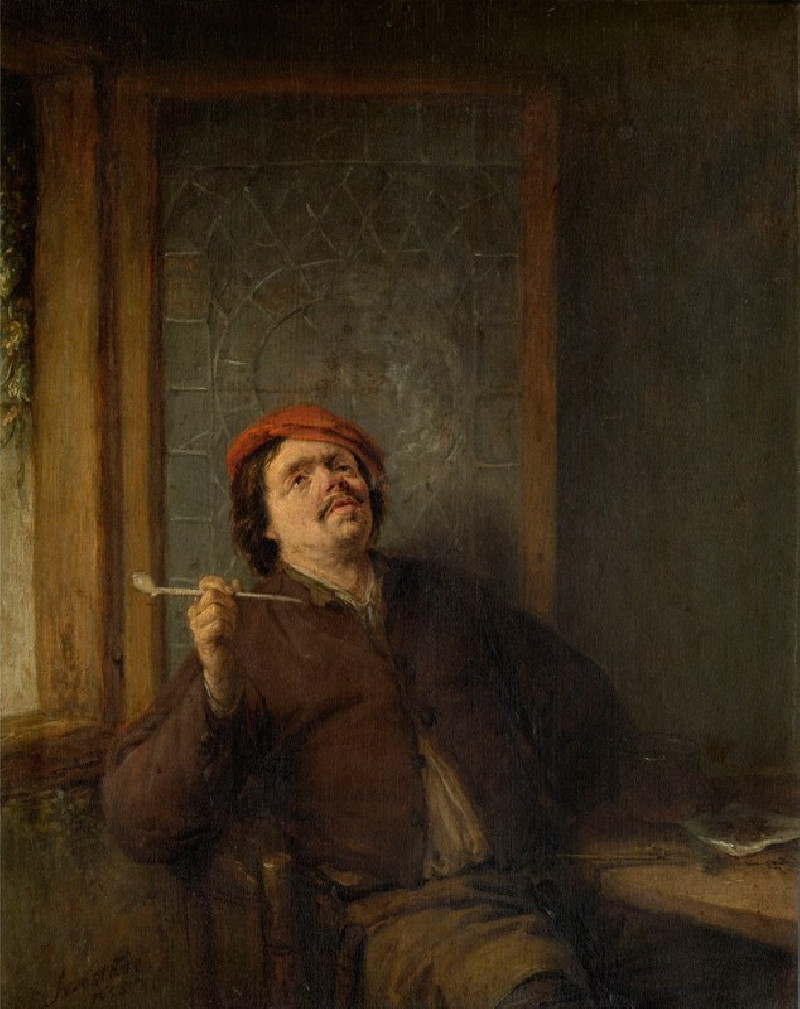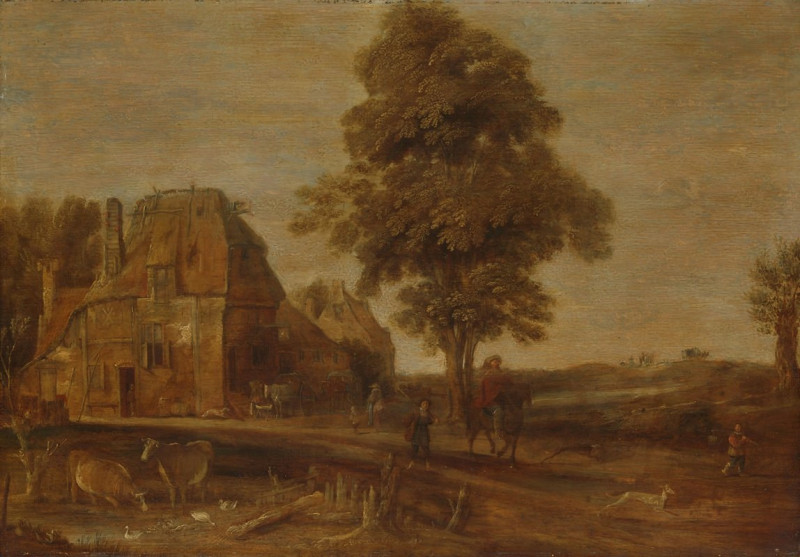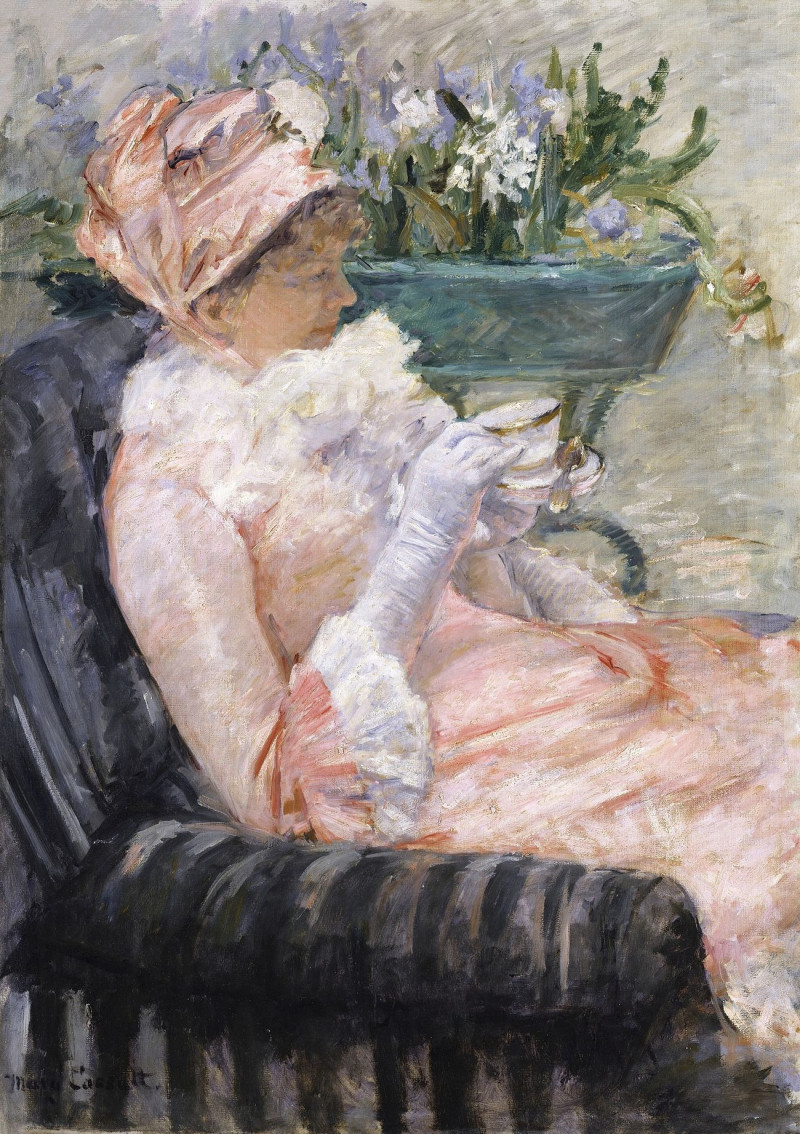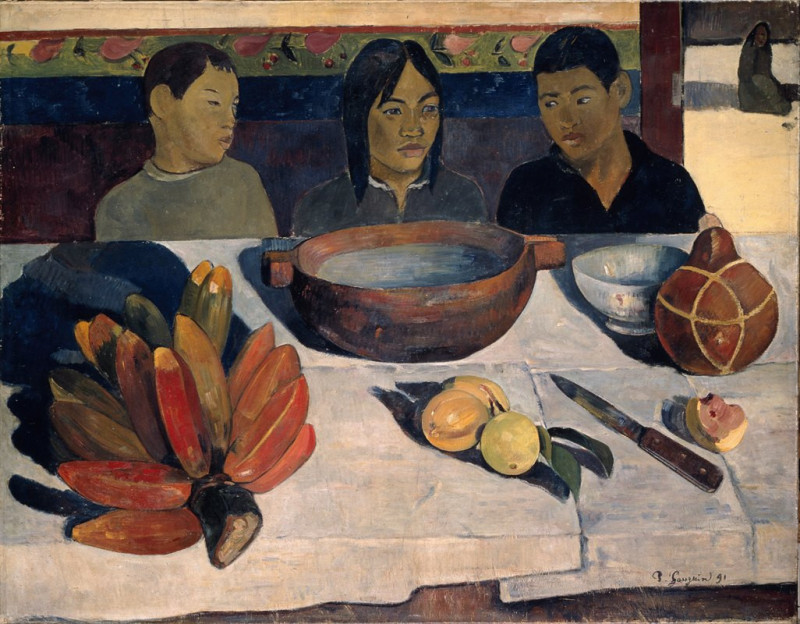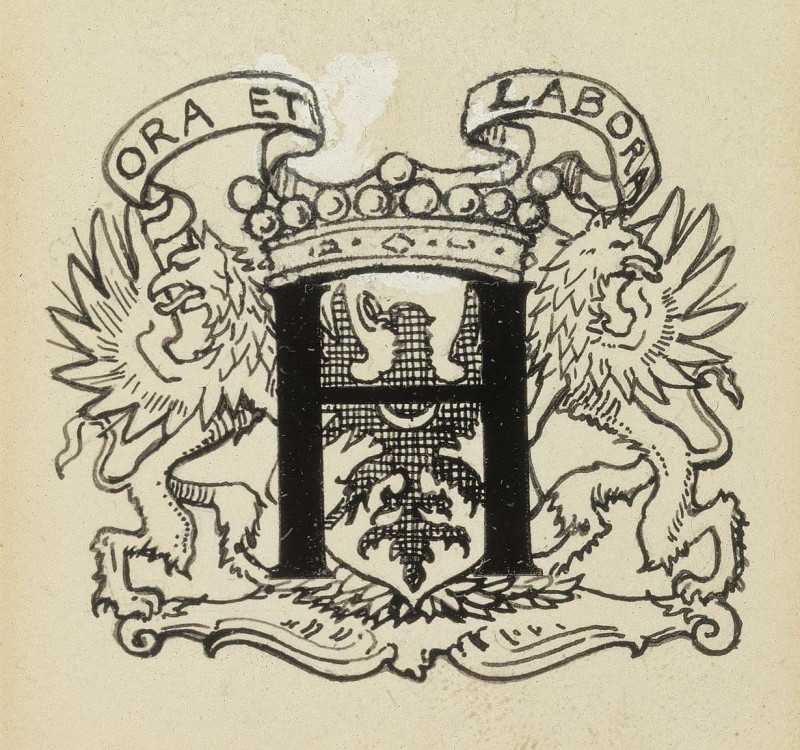Angel Fragment, After El Greco, 1928 - 1929
Technique: Giclée quality print
Recommended by our customers
More about this artwork
This painting, titled "Angel Fragment, After El Greco, 1928 - 1929" by Helene Schjerfbeck, features a somewhat ethereal and haunting depiction of three figures, all of which have an angelic quality to their presence. The style evokes a sense of quiet introspection and a subtle melancholy, characteristically associated with Schjerfbeck's late works.The figures in the painting appear to be truncated portraits, focusing mainly on the heads and upper torsos. The central figure draws particular attention with its darker, more reflective facial expression, suggesting a deep internalization or perhaps sorrow. This central figure's eyes are downcast, enhancing the mood of contemplation or grief.On either side of the central figure, the other two faces are depicted with their profiles tilted upwards, which could symbolize a longing or looking towards something beyond the immediate scene. The figure to the right has more defined features and a particularly elongated neck, which resonates with El Greco’s distinctive style of lengthening figures to intensify their spiritual expression. The blending and softening of the edges add to the dreamlike, suggestive quality of the work, hinting at celestial beings or angels, fragmented as if caught between the realms of reality and a metaphysical world.Overall, this piece by Schjerfbeck is rich with emotion and subtlety, embodying her unique approach to modernist painting and her ability to capture profound emotional depth through minimalist representations.
Delivery
Returns
Helena Schjerfbeck (1862-1946) was a Finnish painter and one of the country's most significant artists. Born in Helsinki, Schjerfbeck began her artistic education at a young age and quickly developed her skills as a painter. She soon gained recognition for her realistic portraits of women and children, which were characterized by a sense of intimacy and melancholy. After studying in Paris in the late 1880s and early 1890s, Schjerfbeck returned to Finland and began to experiment with more modern styles and techniques. She became a leading figure in the Finnish art scene and exhibited her work regularly throughout the country.

